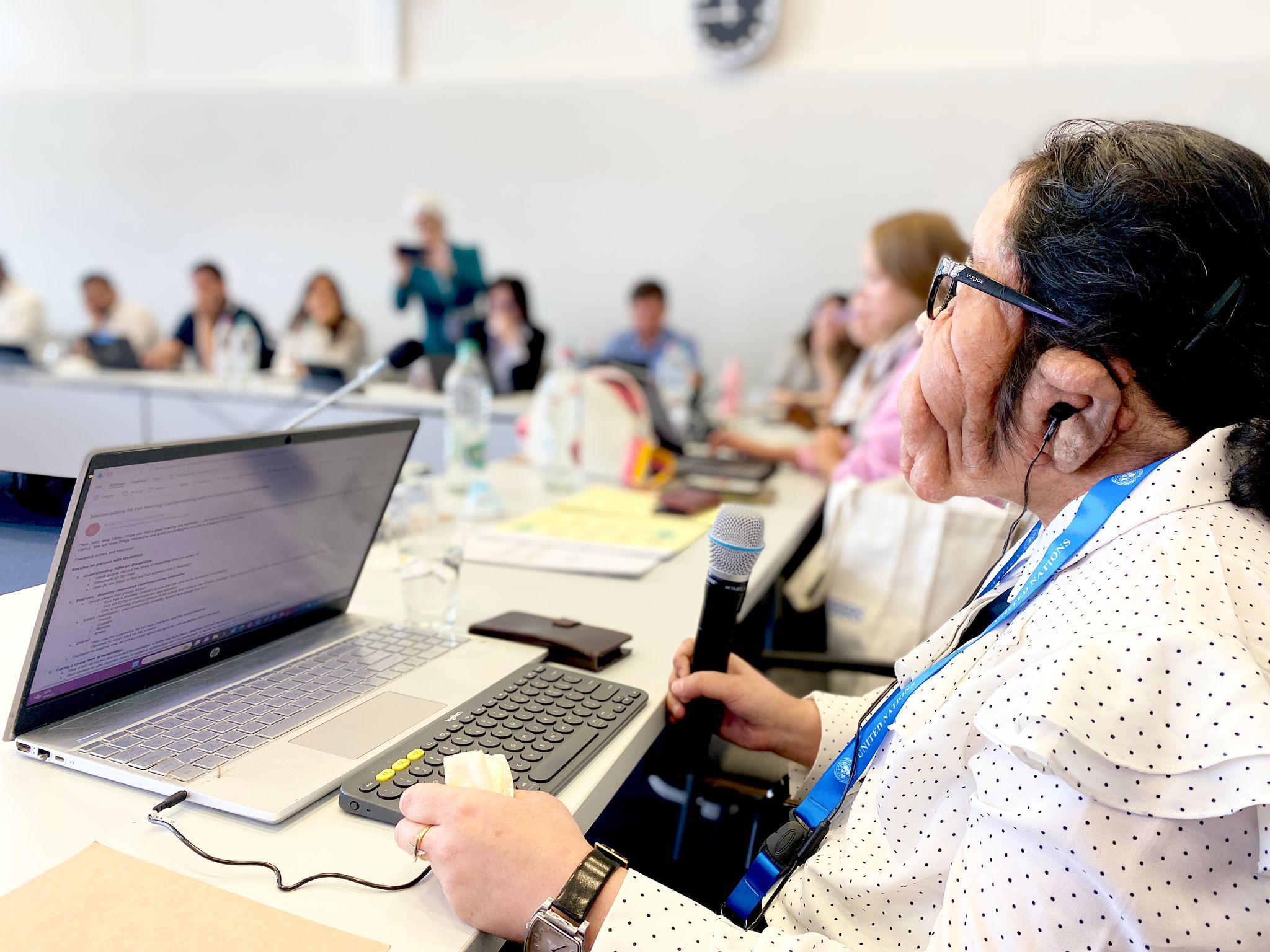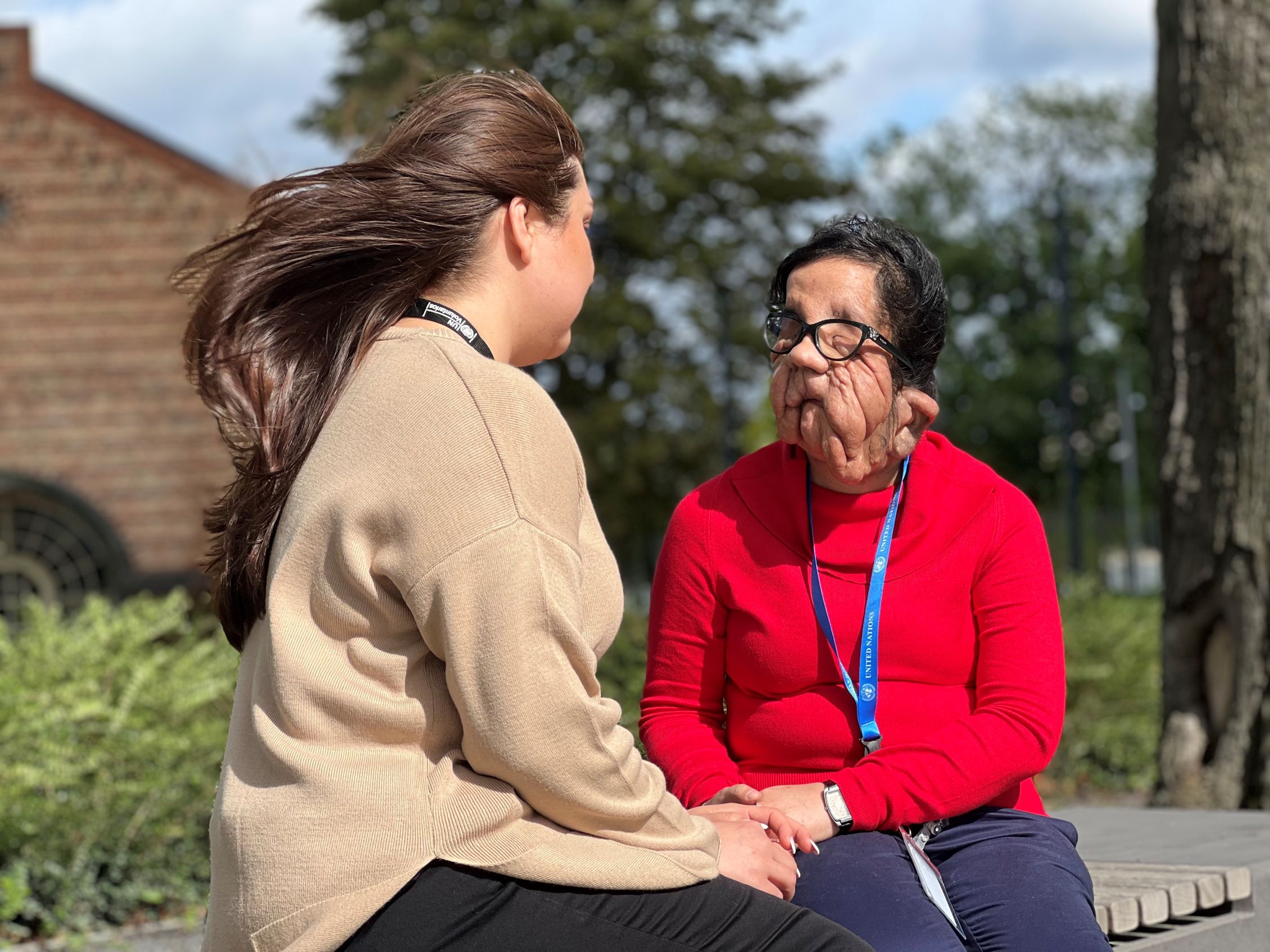Every year, International Women’s Day recognises and celebrates the rights and achievements of women, highlighting that society cannot progress without achieving gender equality – and not surprisingly, this year’s theme focuses on “Investing in Women: Accelerating Progress”.
Sustainable Development Goal (SDG) 5, which addresses gender equality, and International Women’s Day, which embeds the spirit of that goal, do not explicitly focus on women with disabilities, but they are consistently focused on the empowerment of all women and leaving no one behind.
How can we empower every woman?
To do this, it’s important to first look at the big picture.
There are 1.5 billion people with disabilities in the world, which is 15% of the world’s population. And of these, 20% are women with disabilities, which means that one in five women has a disability.
Girls and women with disabilities, and the social vulnerabilities they face, are often not recognised. They face the same barriers as non-disabled women, but often encounter additional barriers.
Women with disabilities are twice as likely to feel discriminated against as women without disabilities and are 10 times more likely to be victims of violence than non-disabled women or even men with disabilities.”
Women with disabilities are seven times more likely to lack access to health care due to physical, attitudinal, economic and information and communication-related barriers. They are less likely than women without disabilities to live in housing that does not have a safe source of drinking water, or shower or bathing facilities, which, even if they do have them, are inaccessible to them, putting them at risk.
Less access to physical infrastructure means that girls and women with disabilities are more likely to miss school and social activities, but also less likely to take on decision-making roles in disability organisations, as well as have access to any kind of employment.
As a result, women with disabilities are more likely to engage in unpaid work.
All these factors combine to hinder the achievement of various other SDGs: lack of access to health care (SDG3), lack of access to safe water and sanitation (SDG6), lack of ability to attend school (SDG4), lack of access to economic opportunities (SDG8) contribute to poverty (SDG1) and hunger (SDG2).
In essence, SDG 5 is cross-cutting. Therefore, a comprehensive approach that integrates gender-sensitive and disability-inclusive strategies is essential to address the intersectional barriers faced by women with disabilities. The intersection of gender and disability disproportionately impacts women and girls with disabilities, who are perpetually caught up in cycles of various forms of discrimination and marginalization. Through concerted efforts to eliminate intersecting forms of discrimination and promote inclusive policies and practices, we can ensure that women and girls are not left behind in the pursuit of SDG 5.
Only then can we invest properly and appropriately in women, empower them and accelerate progress.

Vibhu Sharma, Disability Inclusive Communication Specialist at UN Volunteer, will deliver a session on “Communicating about Disabilities” as part of the Global Communication Workshop in Bonn @ UNV, 2023.

